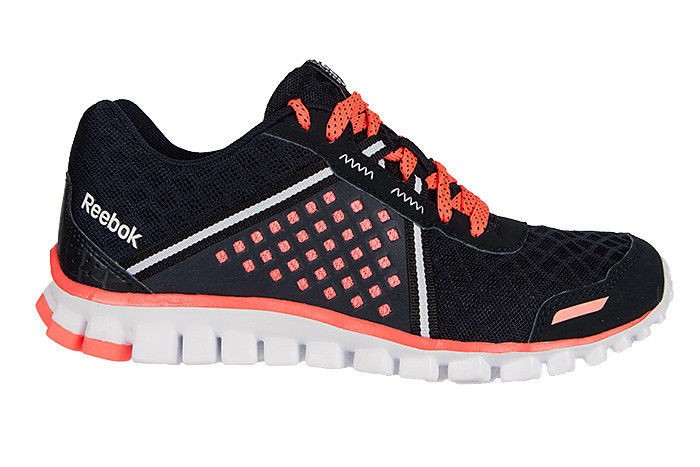
grapplingstars.com, femcompetitor.com, fciwomenswrestling.com, fcielitecompetitor.com fciwomenswrestling2.com articles, pexels.com-photo Andrea-Piacquadio
Hills, hills everywhere and not a speck of dirt.
What city does that describe?
San Francisco of course.
There are lots of concrete surfaces everywhere. In fact tons of concrete, but very little dirt.
And hills?
Just look. There are hills for days but how much dirt do you see?
So what can a beautiful girl do if she lives in any urban environment where there are hills?
Girls?
Run for the hills!
“It’s easier to go down a hill than up it but the view is much better at the top.”… Henry Ward Beecher
We love our female grapplers like Daisy and Mona who live in San Francisco and they are beauties who stay in great shape.
Beautiful Mona

We heard recently that Mona was running 5 miles a day in preparation for an upcoming match.
http://grapplingstars.com/fvsf-wrestling-videos/
Female grappling aside, running and jogging should be a part of any healthy beautiful girl’s fitness program no matter where she lives.

In terms of a perfect shoe at ezvid.com they share, “Kicking off our list at number 10 is the Women’s Realflex Scream 4.0 from Reebok, a mainstay in athletic shoes. That’s right, we’ll all scream for the Scream 4.0. They’re extremely lightweight with a natural flex sole that features terrific grip and great cushioning. They’re ideal for a day of light hiking on natural trails or shopping at the mall. For comfort and feel, we found this shoe to be great for everyday use, and at this price point, you might even want to order a second pair to match all your workout gear!”
Okay, so what came in at number one?

They continue, “And the number one women’s running shoe on our list is the ASICS Gel-Contend Running Shoe. At one of our lowest prices listed, the Rearfoot GEL cushioning and padded tongue and collar also make it one of the most comfortable shoes. We like it because this shoe is both a great technical active sports shoe and thanks to its electric color and reflective pattern, a safe running shoe. We also found their sizing to be accurate to fit. Whether working in them all day long or going for a jog, you’ll love the lightweight comfort feel.”
Good to know.
If running up hills is your situation, what can you do to get the most out of that program and prevent injuries?
We have a visiting female writer who shares her girl power, shouting as she runs up the hill.
Hey you guys? Try and keep up.
How to Train Safely to Run Hills
When world championship marathoner Brad Huston became a coach of the sport in which he had excelled in competition, he learned an interesting fact-many of the fastest and strongest runners have done some “hill work” as part of their training programs.
Hill work, where athletes train to run hills, has proven to be an effective training tool for all sports where high running speeds are essential. It is a tool that can help to mold championship runners.
Benefits of Hill Running
Many studies have shown that the athletes that train to run hills have a definite advantage over their flat surface counterparts. One such study, published in the European Journal of Applied Physiology, proved this point by engaging runners in an intensive, 6-week period of hill running. At the end of the six weeks, these runners showed a significant increase in leg strength and running distance.
Brian Mac, a performance coach with the United Kingdom’s National Governing Body for Track and Field Athletics, has seen similar improvements in his athletes. The reason that hill running is such a great training tool, says Mac, is that the runner is using his or her own body as resistance. This forces runners to use muscles that they do not normally use while running on flat surfaces.
Moreover, the muscles that they do use-calves, glutes, hamstrings, Achilles tendons-contract more quickly when running uphill, which strengthens these muscles in a much shorter period of time than they would by running the same distance on a flat surface.
But there are hazards in store for those who train to run hills, hazards that can be minimized with a bit of knowledge and a lot of planning.
Running Hills-Safely
Douglas Lenz, Director of Fitness and Wellness for Chambersburg Health Services (Chambersburg, PA), told Sports Chiropractic & Rehabilitation, “The biggest problem with hill training is insufficient preparation, too much volume, and/or too little recovery time.”
Far too many runners err in one, or all three, of these aspects of hill running, mistakes that can lead to injury, discouragement, and failure.
Preparing to Train to Run Hills
Adequate preparation is a must for successful, injury-free, hill running. Preparing to run hills may be a slow process, but it ensures ultimate success in this endeavor. To prepare to train to run hills, one must:
– Build up to it slowly. Uphill running should never be attempted unless the individual has already achieved a certain amount of physical conditioning (preferably by running on flat surfaces.)
– Stretch before running. This advice applies to both running uphill and on flat surfaces. A period of gentle stretching exercise before a run protects the athlete from injury.
– Stay hydrated. The importance of hydration cannot be underestimated. For those who engage in intensive exercise (such as running uphill) two percent of their body fluids can be lost through perspiration. Consequently, it is essential to frequently replace these fluids.
– Cultivate the right mindset. Many newcomers to hill running make a tiny hill into a mountain-in their minds. This makes hill running much harder than it needs to be. In truth, running uphill is the same as any other run with just a few differences in angle, intensity, and muscle engagement. A little bit of knowledge of these differences, and how to adapt the body to them, can alleviate the fear that one may have when he or she begins to train to run hills.
Appropriate Volume
Many runners make the mistake of trying to maintain the same speed when they run uphill as when they run on flat surfaces. The incline of the hill, however, requires a slower speed. Trying to maintain, or increase, the speed while running uphill will only lead to exhaustion and possible injury. To ensure appropriate speed, a runner must:
– Pace him (or her) self. Because running uphill requires more energy, maintaining a proper pace is essential. When athletes train to run hills, a steady, even stride should be employed. But this stride should be suitable for the amount of effort expended. For a beginner, the stride (and speed) is expected to be slower than those of accomplished hill runners.
– Maintain the same amount of effort. Speed should never be increased while running uphill. This can lead to injury.
Proper Recovery Time
Experts recommend that hill training be implemented no more than twice per week. The muscles need time to repair themselves from the more strenuous effort required of them in running uphill. In addition, after running uphill, one should:
– Cool down. This requires 5 to 10 minutes of light jogging, which will help the muscles to relax from the intensity of hill running.
– Listen to the body. If there is some unusual discomfort, or pain, in the body after physical exertion, one should make proper allowances for it. For those who train to run hills, this could include delaying the next training session or shortening the current one.
Simple Hill Running Tips
To train to run hills-safely-the following tips should be followed:
- Warmup on rolling hills for approximately 15 minutes before starting the training session.
2. Employ proper running form:
– Back straight
– Head up
– Arms at 90-degree angles, rotating at the shoulders as opposed to side to side
– Knee lifts that are slightly higher than those typically used for running on flat surfaces - Lean forward slightly while running uphill.
4. Pump arms
5. Maintain a steady pace
6. Jog slowly on each downhill descent
7. Cool off with a 5 to 10 minute leisurely jog on a flat surface.
Avoid Over training
The pressure placed on the legs and the ankles during uphill runs is much greater than on flat surfaces. Therefore, it is highly recommended that a limit be placed on the amount of hill training. Any incline drills are meant to complement the existing running workout; not rival it.
A good rule of thumb is to calculate the number of hills that will likely be encountered during a typical run and adjust the training periods to reflect this percentage.
Although the effort it takes to train to run hills can be time-consuming and exhausting, the increase in strength, speed, and agility will be well worth the energy expenditure. Just ask any championship runner.
For more information about how to train to run hills [http://www.ultrafitnessdynamics.com] visit [http://www.ultrafitnessdynamics.com].
~ ~ ~
OPENING PHOTO via TwistedSifter
http://ezinearticles.com/?How-to-Train-Safely-to-Run-Hills&id=3583043
Article Source: http://EzineArticles.com/expert/Cara_Zolinsky/328152
Article Source: http://EzineArticles.com/3583043
https://www.ezvid.com/top-ten-womens-running-shoes
http://grapplingstars.com/fvsf-wrestling-videos/
photo via asics.com Urban Zen Integrative Therapy Program – Urban Zen Foundation
photo via Kumon rebok.com



